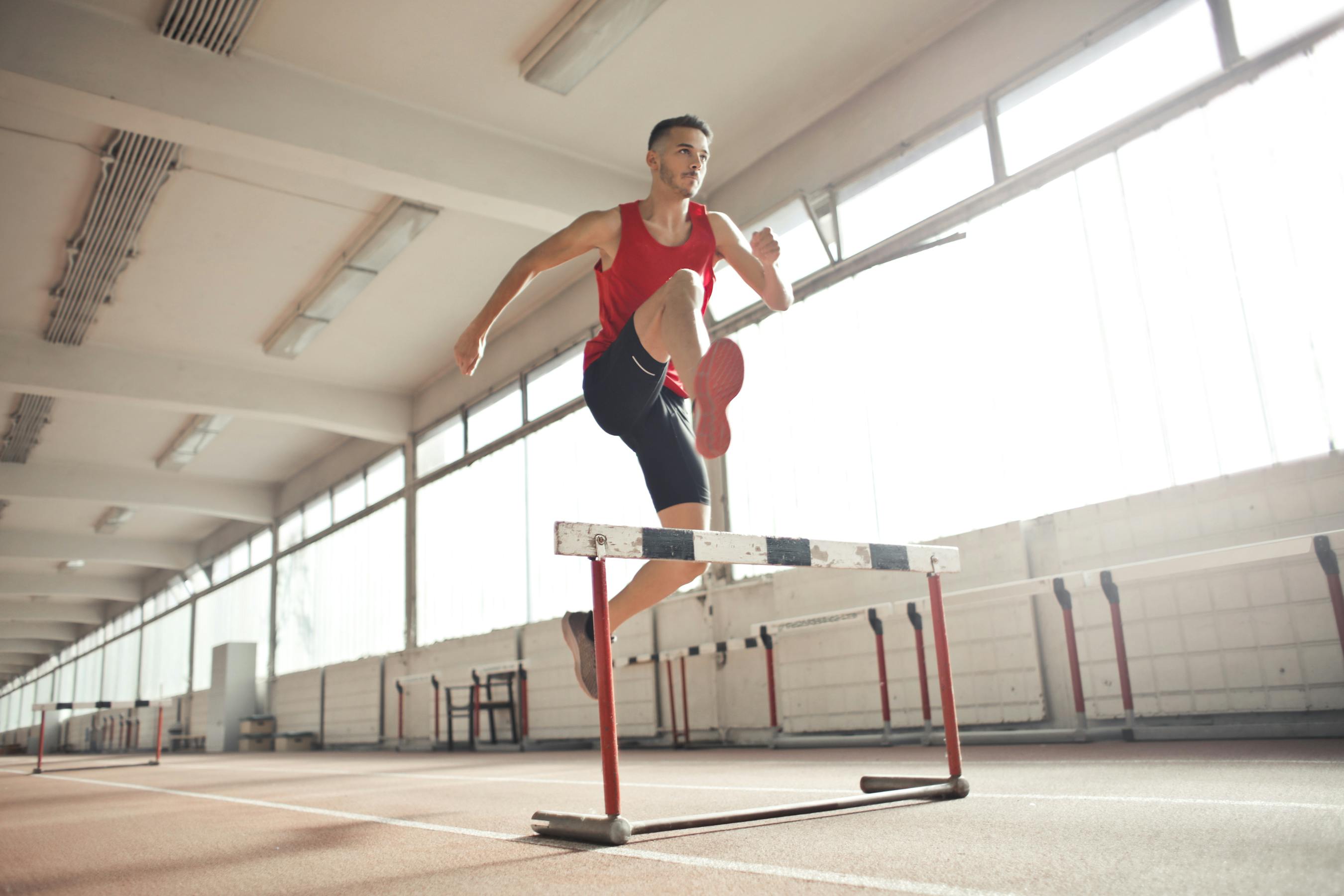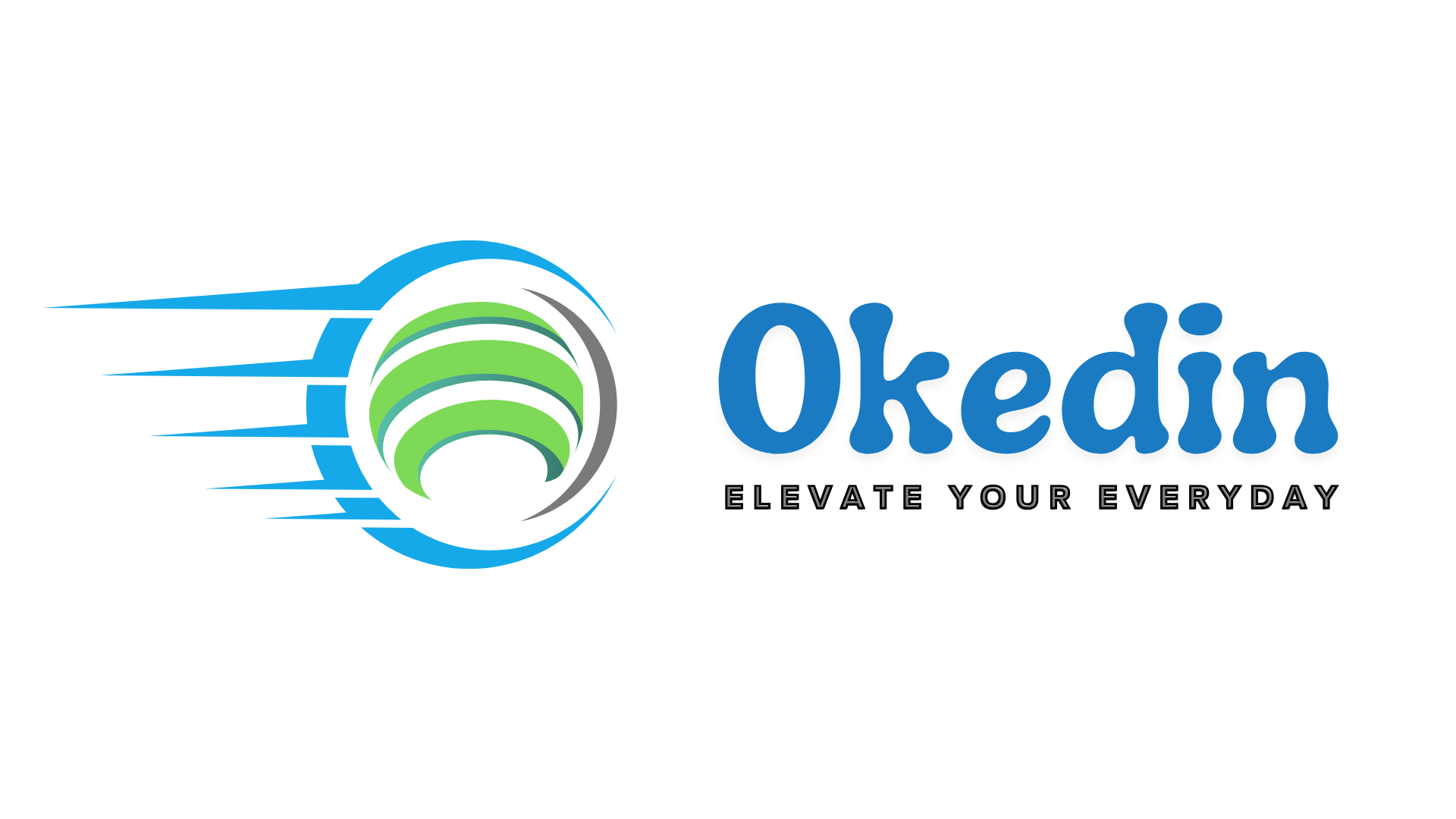Are you tired of feeling like your workouts are not giving you the results you want? Do you struggle to find the time or motivation to exercise? Look no further, because in this article we will discuss three easy moves that can help improve your workout routine. These moves are simple, yet effective, and can be done by anyone regardless of fitness level. By incorporating these moves into your workout, you can see improvements in strength, endurance, and overall fitness. So let’s dive in and discover the three easy moves you should do for a better workout.
1. Squats: The Ultimate Lower Body Exercise

Squats are often referred to as the king of all exercises, and for good reason. They work multiple muscle groups at once, making them an efficient and effective move for a full-body workout. In particular, squats target the lower body muscles such as the glutes, quads, hamstrings, and calves. They also engage the core muscles, helping to improve balance and stability.
Benefits of Squats
- Builds strength and muscle mass: Squats are a compound movement, meaning they work multiple muscle groups at once. This makes them a great exercise for building overall strength and muscle mass.
- Improves functional movement: Squats mimic movements we do in our daily lives, such as sitting down and standing up. By incorporating squats into your workout routine, you can improve your ability to perform these movements with ease.
- Increases calorie burn: Since squats work multiple muscle groups, they require more energy and therefore burn more calories compared to isolation exercises.
- Can be modified for all fitness levels: Squats can be modified to suit any fitness level. Whether you are a beginner or an advanced athlete, there is a squat variation that will challenge you.
How to Perform a Squat
- Stand with your feet shoulder-width apart, toes pointing slightly outwards.
- Engage your core and keep your chest up.
- Lower your body by pushing your hips back and bending your knees.
- Keep your weight on your heels and make sure your knees do not go past your toes.
- Once your thighs are parallel to the ground, push through your heels to stand back up.
- Repeat for the desired number of reps.
Squat Variations
- Bodyweight Squats: This is the basic squat movement described above. It can be done anywhere, anytime, without any equipment.
- Goblet Squats: Hold a dumbbell or kettlebell close to your chest while performing the squat. This adds resistance and increases the difficulty of the exercise.
- Sumo Squats: Stand with your feet wider than shoulder-width apart and toes pointing outwards. This variation targets the inner thigh muscles more.
- Bulgarian Split Squats: Place one foot on a bench or elevated surface behind you and perform a squat with the other leg. This variation works each leg individually, helping to improve balance and stability.
- Jump Squats: Perform a regular squat but instead of standing back up, jump explosively into the air. This adds a plyometric element to the exercise, increasing power and calorie burn.
| Squat Variation | Muscles Targeted |
|---|---|
| Bodyweight Squats | Glutes, quads, hamstrings, calves, core |
| Goblet Squats | Glutes, quads, hamstrings, calves, core |
| Sumo Squats | Inner thigh muscles, glutes, quads, hamstrings, calves, core |
| Bulgarian Split Squats | Glutes, quads, hamstrings, calves, core |
| Jump Squats | Glutes, quads, hamstrings, calves, core |
2. Push-Ups: The Ultimate Upper Body Exercise

Push-ups are a classic exercise that have stood the test of time. They are a staple in many workout routines and for good reason. Push-ups primarily target the chest, shoulders, and triceps, but also engage the core and back muscles. They can be done anywhere, without any equipment, making them a convenient move to add to your workout routine.
Benefits of Push-Ups
- Builds upper body strength: Push-ups work the chest, shoulders, and triceps, helping to build strength and muscle mass in these areas.
- Improves core stability: To perform a push-up, you must engage your core to maintain proper form. This helps to improve core stability and strength.
- Can be modified for all fitness levels: Just like squats, push-ups can be modified to suit any fitness level. Whether you are a beginner or an advanced athlete, there is a push-up variation that will challenge you.
- Increases calorie burn: Similar to squats, push-ups require more energy due to the multiple muscle groups being engaged, resulting in increased calorie burn.
How to Perform a Push-Up
- Start in a high plank position with your hands shoulder-width apart and arms fully extended.
- Engage your core and keep your body in a straight line from head to heels.
- Lower your body by bending your elbows and keeping them close to your sides.
- Once your chest touches the ground, push through your palms to extend your arms and return to the starting position.
- Repeat for the desired number of reps.
Push-Up Variations
- Standard Push-Ups: This is the basic push-up movement described above.
- Incline Push-Ups: Place your hands on an elevated surface, such as a bench or step, and perform a push-up. This variation decreases the difficulty of the exercise.
- Decline Push-Ups: Place your feet on an elevated surface, such as a bench or step, and perform a push-up. This variation increases the difficulty of the exercise.
- Wide Grip Push-Ups: Place your hands wider than shoulder-width apart and perform a push-up. This targets the chest muscles more.
- Diamond Push-Ups: Place your hands close together, forming a diamond shape with your index fingers and thumbs, and perform a push-up. This targets the triceps more.
| Push-Up Variation | Muscles Targeted |
|---|---|
| Standard Push-Ups | Chest, shoulders, triceps, core, back |
| Incline Push-Ups | Chest, shoulders, triceps, core, back |
| Decline Push-Ups | Chest, shoulders, triceps, core, back |
| Wide Grip Push-Ups | Chest, shoulders, triceps, core, back |
| Diamond Push-Ups | Triceps, chest, shoulders, core, back |
3. Planks: The Ultimate Core Exercise
Planks are a simple yet effective exercise for strengthening the core muscles. They primarily target the rectus abdominis (six-pack muscles) and the transverse abdominis (deep core muscles). Planks can also help improve posture and stability, making them a great addition to any workout routine.
Benefits of Planks
- Strengthens the core: Planks engage the entire core, helping to strengthen and tone the abdominal muscles.
- Improves posture: By strengthening the core, planks can help improve posture and reduce the risk of back pain.
- Can be modified for all fitness levels: Planks can be modified to suit any fitness level. Whether you are a beginner or an advanced athlete, there is a plank variation that will challenge you.
- Increases calorie burn: Holding a plank requires engaging multiple muscle groups, resulting in increased calorie burn.
How to Perform a Plank
- Start in a high plank position with your hands shoulder-width apart and arms fully extended.
- Engage your core and keep your body in a straight line from head to heels.
- Lower yourself onto your forearms, keeping your elbows directly under your shoulders.
- Hold this position for the desired amount of time.
- To increase the difficulty, you can lift one leg or arm off the ground while holding the plank.
Plank Variations
- High Plank: This is the basic plank movement described above.
- Low Plank: Instead of starting in a high plank position, start on your forearms and hold the plank from there.
- Side Plank: Start in a high plank position and then rotate onto one side, balancing on one hand and the side of one foot. This targets the oblique muscles on the side of the body.
- Reverse Plank: Start by sitting on the ground with your legs extended in front of you. Place your hands behind you, fingers pointing towards your feet, and lift your hips off the ground. This targets the back muscles.
- Plank Jacks: Start in a high plank position and jump your feet out wide and then back together, similar to a jumping jack motion. This adds a cardio element to the exercise.
| Plank Variation | Muscles Targeted |
|---|---|
| High Plank | Rectus abdominis, transverse abdominis, back, shoulders, chest |
| Low Plank | Rectus abdominis, transverse abdominis, back, shoulders, chest |
| Side Plank | Obliques, rectus abdominis, transverse abdominis, back, shoulders, chest |
| Reverse Plank | Back, shoulders, chest, glutes, hamstrings |
| Plank Jacks | Rectus abdominis, transverse abdominis, back, shoulders, chest |


